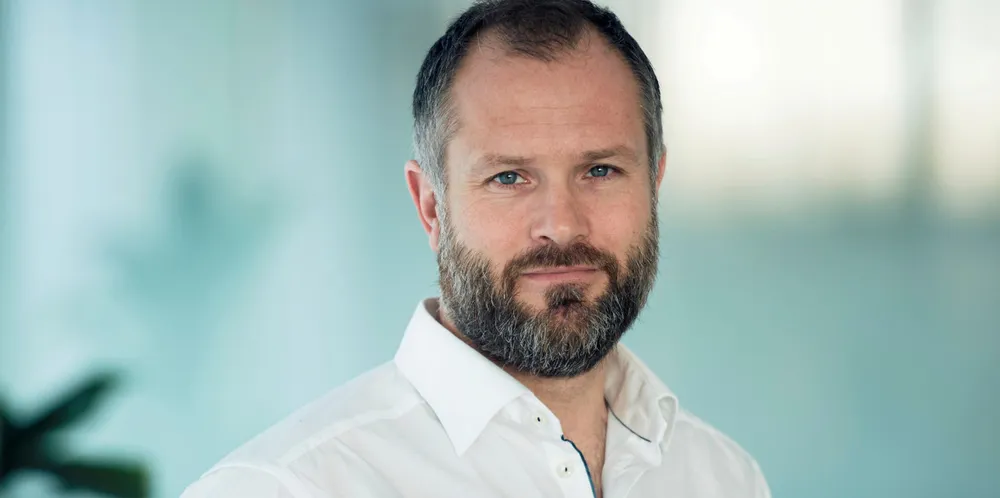'Offshore wind can meet needs of electrification and new green value chains': AOW Norway chief
EXCLUSIVE / Clean power production in Norwegian waters is just the start for the country given its vast potential to develop a domestic blue economy including green hydrogen generation, says Sebastian Bringsværd

Formalisation of the Norwegian government’s long-awaited targets for offshore wind power development off its shores in the coming decades has “created a new mindset for industry” that will spur the large capital investments needed to accelerate the Nordic nation’s energy transition, according to the regional chief of developer Aker Offshore Wind (AOW).
“Long term investments and planning are now the focus. This is particularly important for floating wind – where we see a vast potential and where Norway has an competitive edge in an emerging market.”
“Clean, green and cheap electrons [from hydropower]… has been the backbone of our industrial development and society. It has become urgent for Norway to build out new energy capacity [from offshore wind now] to be part of the next generation of sustainable development and energy production,” said Bringsværd.
The Norwegian energy and maritime industries’ “competencies and experience” mean that offshore wind is “the obvious place for us” to concentrate efforts “in order to meet the needs of electrification and all new green value chains”, he said.
Bringsværd stresses taking offshore wind “out and into deeper water” clears the slate of oil & gas habit to harness “the best wind in a sustainable way”.
“AOW are looking beyond the horizon and believe that we will see a different approach to energy production the next decades,” he said.
“Yes we will have renewables build out close to load centres with export lines to the grid. But we will also have to make ‘Island Mode’ solutions [that integrate clean energy production and transmission with other industrial users of the sea] that will make it possible to harness and export and utilise the wind close to where the best wind resources appears.”
Floating wind will play a leading role in these projects, he said. “The flexibility – no need to worry about seabed conditions as bottom-fixed project developers must – and option to choose you location – not Nimby [‘not in my backyard’] objections – makes [it] perfect to combine scale production with sustainable buildouts.”
Part of this evolved concept of sustainability, he added, must be informed by governments setting out “more qualitative” criteria for future auctions.
“When it comes to sustainability, we believe you get what you measure. If you want a sustainable blue economy, governments need to measure ocean industries on their sustainability efforts – making it a winning criterion in all licencing rounds and competitions for ocean space,” said Bringsværd.
“The world’s oceans, which have supported our way of living for thousands of years, are under enormous pressure, affecting all marine life, including commercially sought-after species. Climate change is the biggest threat to the blue economy. There are no climate scenarios where we can meet the [Paris Agreement] 1.5℃ target without massively scaling up offshore wind. We represent a central part of the solution.”
He said AOW had “a bold ambition” to develop offshore wind farms in a “planet-positive way”, building-in sustainable development practices, clean energy production and new transmission assets to reach net-zero by 2030 “while protecting and restoring biodiversity in the areas where we operate”.
“We see an increasing number of governments including this in their requirements for our industry,” Bringsværd added, noting that the World Bank calculates protecting maritime biodiversity could prevent global economic losses of $2.7trn.
“AOW is committed to the UN Global Compact Sustainable Ocean Principles because we believe investing in sustainable solutions is a prerequisite for securing a thriving blue economy,” he said.
(Copyright)